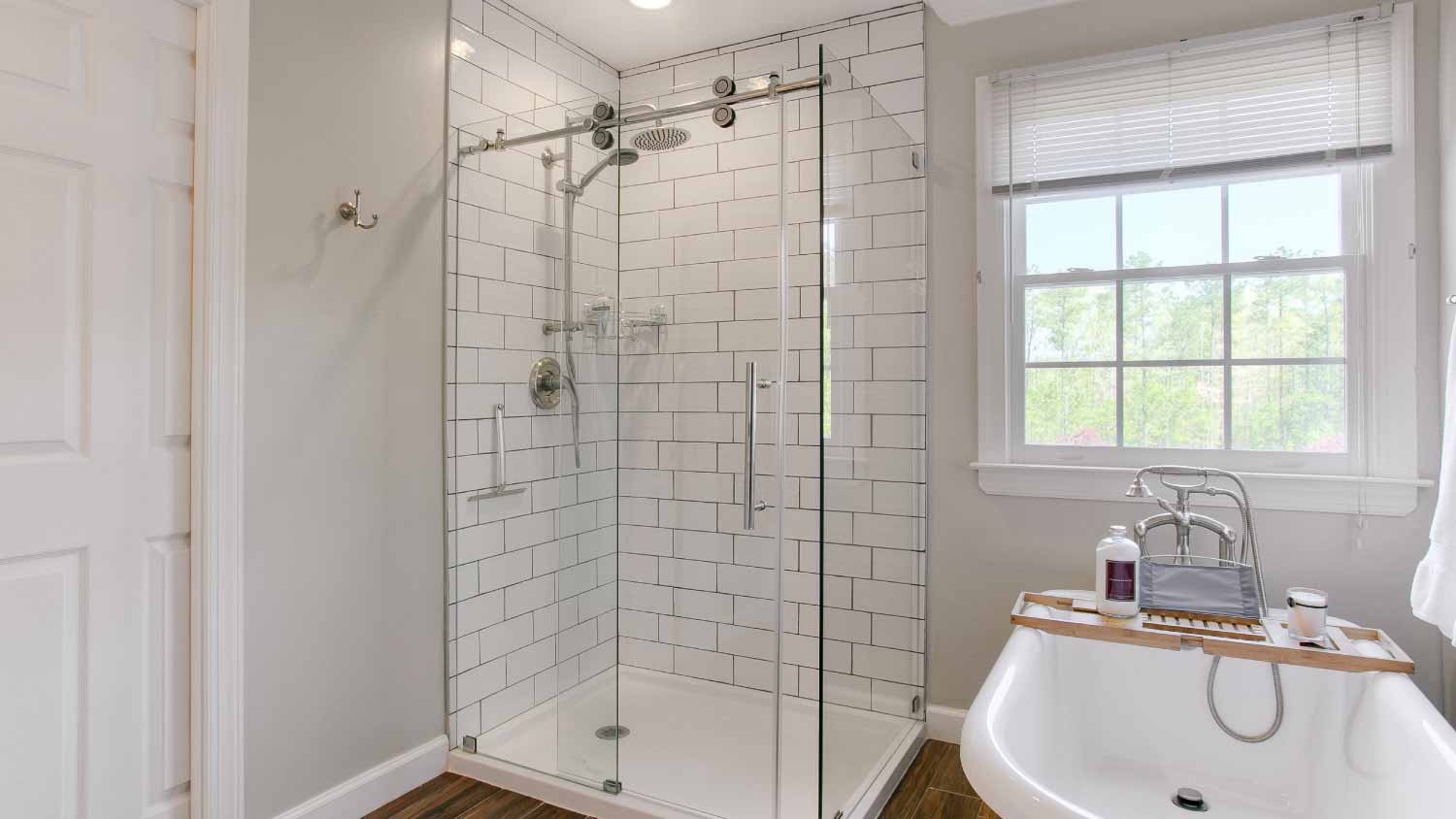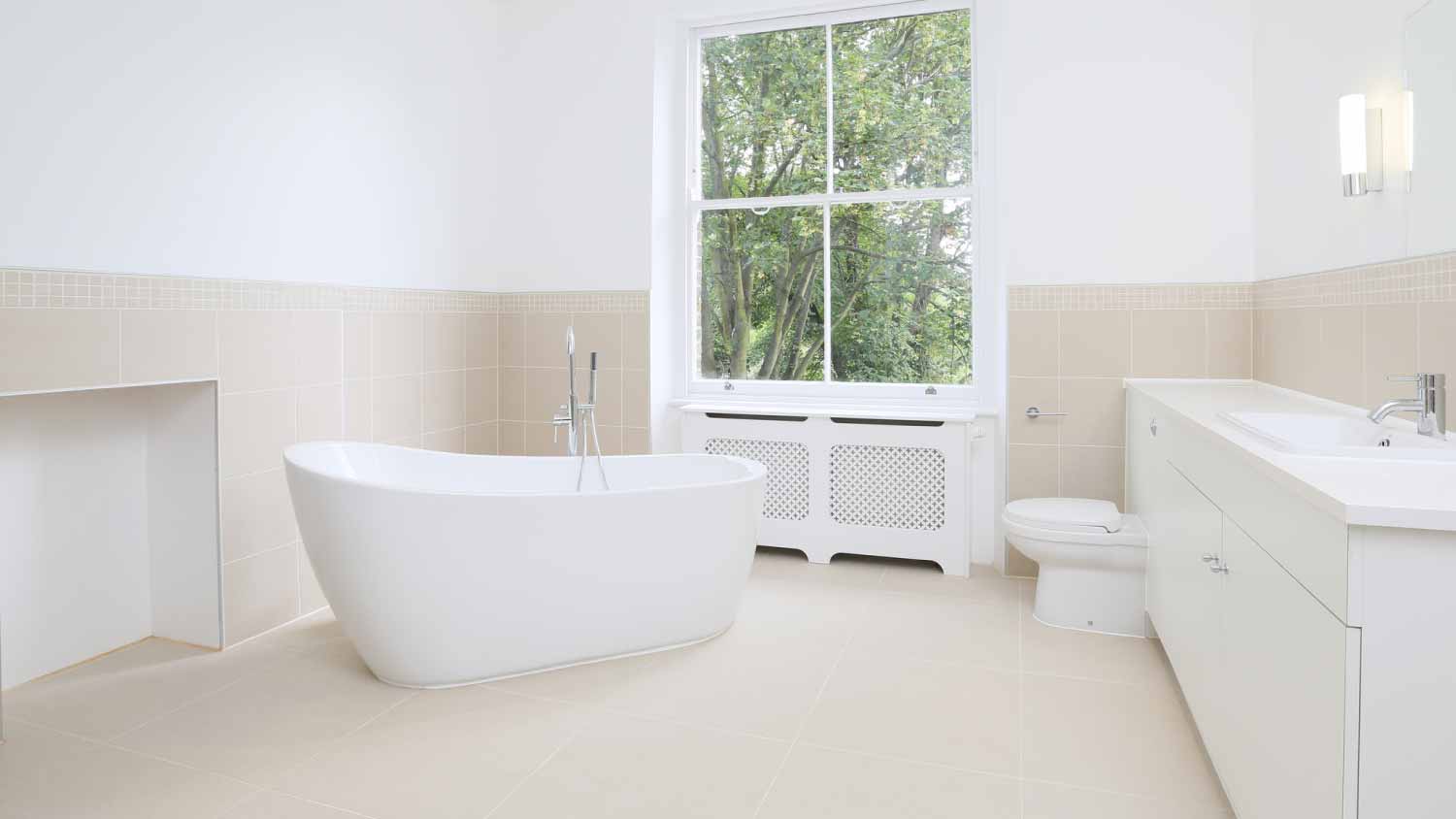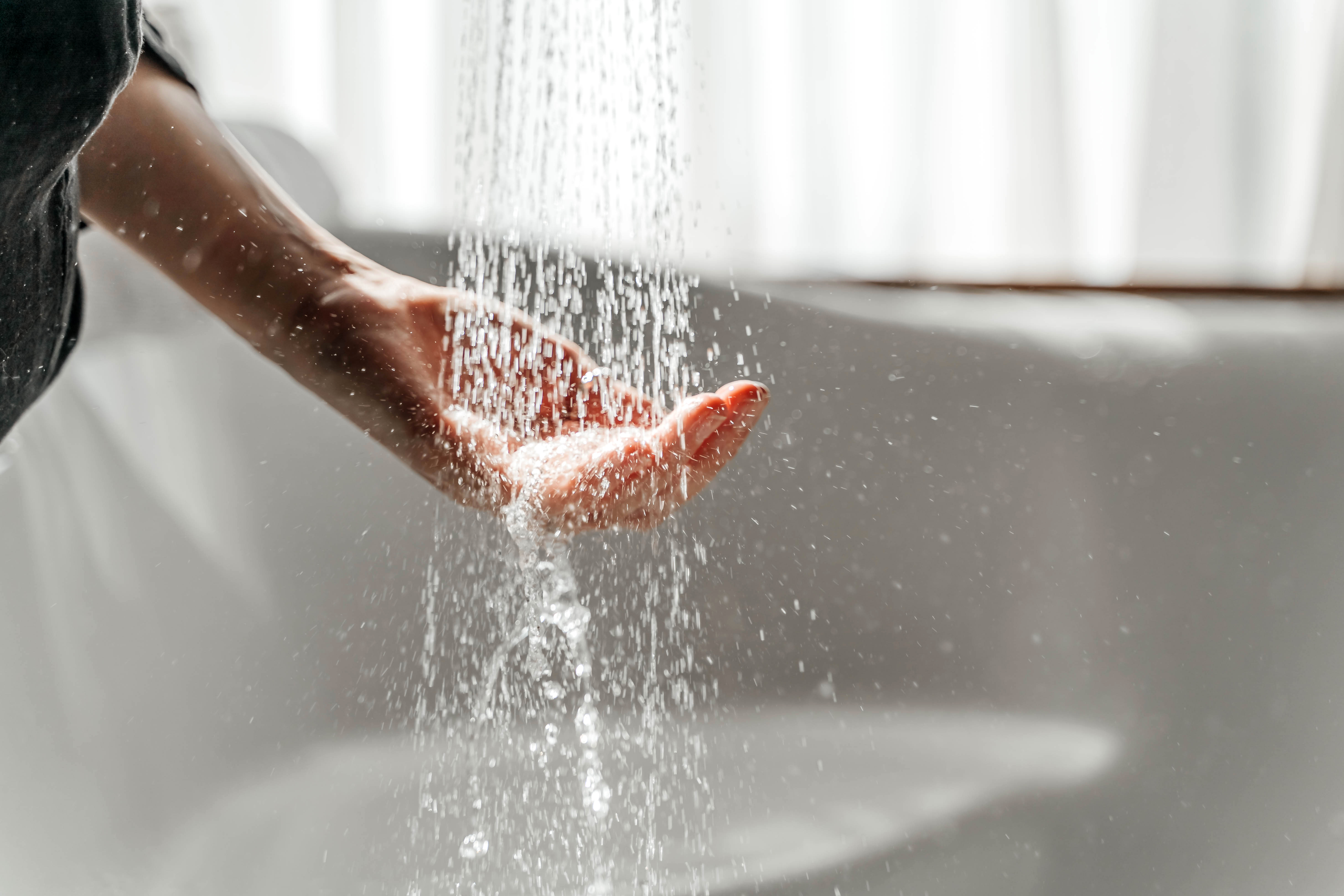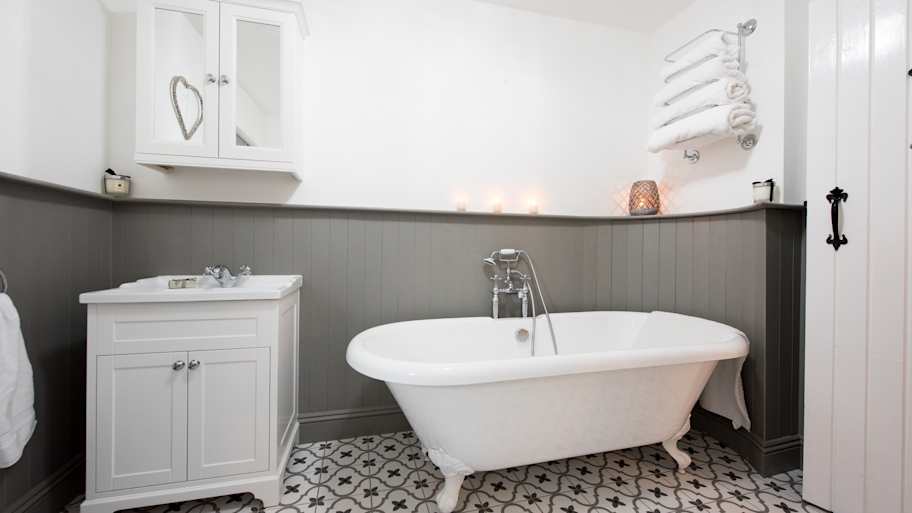
Find out how much it costs to refinish your porcelain sink and the factors that influence the final price to make it look like new, including size, type, and labor.
Bathtub liners can give your bathroom a facelift without the cost of a full remodel


If your bathtub is starting to chip and crack, or if you just want a change, a bathtub liner might be a viable option. Instead of replacing or refinishing your bathtub, bath liners go over your tub, molding perfectly to the surface. Here are the different types of bathtub liners and everything you need to know about them.

There are three main types of bathtub liners: polyvinyl chloride (PVC), acrylic, and solid surface polymer. They each have their own pros and cons.
You may have heard of PVC pipes, and PVC liners are made of the same material. They are usually less expensive than the other two types of bathtub liners. Made from a flexible type of plastic, the benefit of PVC material is its durability, and most DIY tub liners are constructed out of this material.
PVC tub liners don’t need any painting or finishing once they’re installed, but they also tend to look like plastic as opposed to acrylic or solid surface, which can look like porcelain. Sometimes a white PVC can yellow over time, making the tub look permanently dirty.
| Pros of PVC Bathtub Liners | Cons of PVC Bathtub Liners |
|---|---|
| Less costly | Looks like plastic |
| Durable and flexible | Can yellow over time |
Some homeowners prefer acrylic because it has a more attractive appearance than PVC, and it’s not as expensive as solid surface polymer. Acrylic liners come in a wide range of colors and look less like plastic than PVC. The drawback of acrylic is that it has a greater tendency to crack and chip than PVC.
| Pros of Acrylic Bathtub Liners | Cons of Acrylic Bathtub Liners |
|---|---|
| More visually appealing and come in various colors | Cracks and chips more often than PVC |
| Less costly than solid surface polymer | Can develop large holes |
Solid surface polymer is a blended resin material that can mimic the look of granite or marble. It comes in a bunch of colors and textures and is extremely durable and scratch-resistant. If you opt for solid surface for your tub liner, expect to pay more than you would for PVC or acrylic liners.
| Pros of Solid Surface Polymer Bathtub Liners | Cons of Solid Surface Polymer Bathtub Liners |
|---|---|
| Can mimic granite or marble and come in various colors and textures | Most expensive |
| Durable and scratch-resistant | Costly installation is required |

Review the following details before deciding if a bathtub liner is right for your bathroom and which material to purchase.
Typically, bathtub liner installation costs around $1,200 but can go as low as $800 and as high as $6,500. The factors that influence the price are:
Your location
Materials
Repair work needed on your existing tub
Whether your tub needs a bath liner wall, which goes over your existing bathroom wall if it’s damaged
Why use a bathtub liner instead of refinishing or replacing your tub? The pros of using a bathtub liner include:
Bathtub liners are a relatively affordable way to get a completely new look without having to replace the whole bathtub.
You can have them custom-made to perfectly fit your tub.
There is minimal downtime because bathtub liner installation is a less time-consuming process than a tub replacement.
Bathtub liners last for a long time (three to five years), and many come with a lifetime warranty.
Though using a bathtub liner is a good quick fix for a cosmetic problem, there are downsides to this method:
Bathtub liners don’t fix any underlying problems with your tub. If there are cracks or the tub is broken, it will have to be repaired. Water can get trapped between the liner and the tub, creating a home for mold and mildew. Not only can mold in your bathroom be hazardous to your health, but it is also costly to remove.
They can feel unstable or weak compared to a tub replacement.
Freestanding tubs without surrounding walls are not candidates for bathtub relining. Lining acrylic tubs and fiberglass tubs is also off the table, due to the structure of the materials—molding a liner over these types of tubs would cause them to crack or break.
If you have a fiberglass, acrylic, cast iron, or steel tub, refinishing or reglazing your tub could be an option for you.
To ensure your tub is structurally sound and looks beautiful, your local bathtub refinishing professional will do the following:
Measure your current tub, so the new liner fits perfectly and no water gets trapped between the liner and the existing tub.
Remove all drains, faucets, and handles.
Repair any cracks or chips that could compromise the structural integrity of the tub.
Go over the tub with denatured alcohol to ensure that it’s perfectly clean and the adhesive will stick.
Cover the surface of the old tub with a combination of butyl tape and silicone adhesive.
Attach the liner, make sure it fits firmly, and caulk any seams.
Reattach handles, faucets, and drains.
While installation can take several hours (up to six), you can usually use your tub on the same night that it’s installed.
From average costs to expert advice, get all the answers you need to get your job done.

Find out how much it costs to refinish your porcelain sink and the factors that influence the final price to make it look like new, including size, type, and labor.

Bathtub refinishing costs are relatively inexpensive and can make your bathroom look like new. Our guide gives you the information to learn more about this process.

If you’re installing or replacing your shower doors, you’ll be working with a glass installation pro. Here are the most common shower door questions for this project.

If you're looking for an economical way to spruce up your bath or kitchen, here are the bathtub refinishing questions you should be asking a contractor.

There’s really only one solution when the finish starts to peel off. We’ll show the reasons why your bathtub is peeling and how to fix it.

Weighing the pros and cons of freestanding bathtubs? Learn the good, the bad, and the costs to decide which bathtub best fits your bathroom and budget.